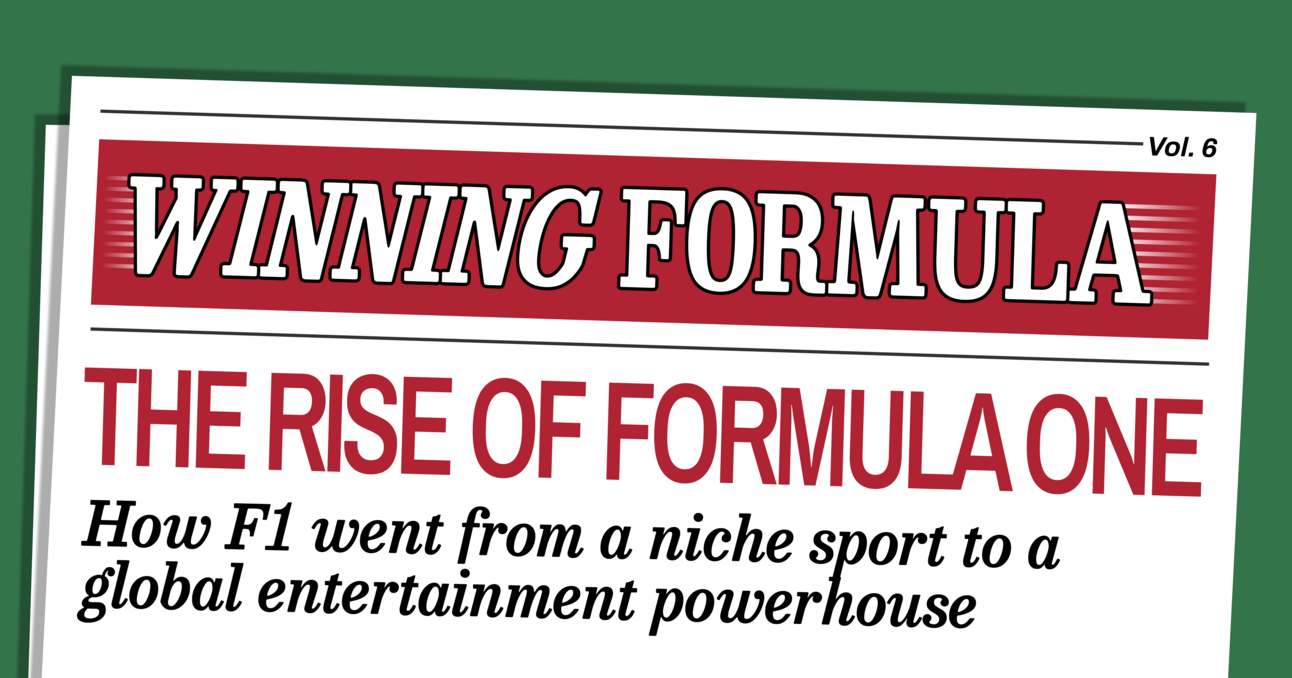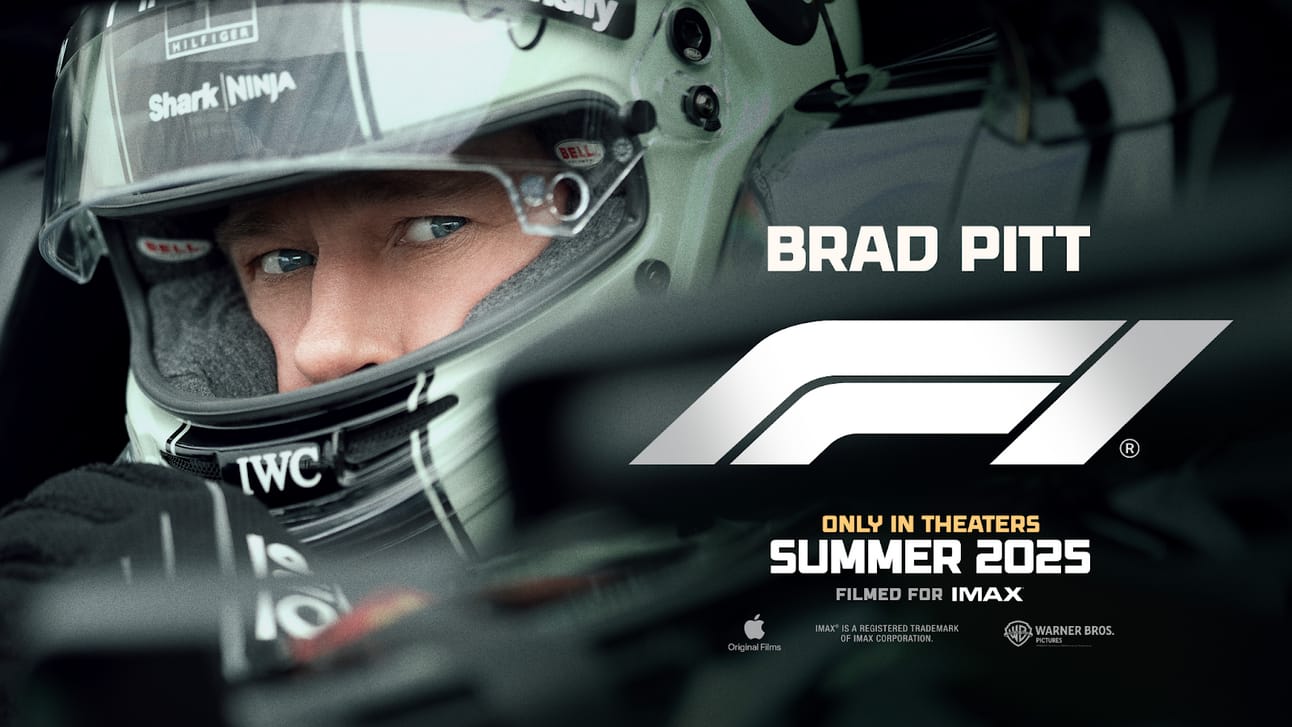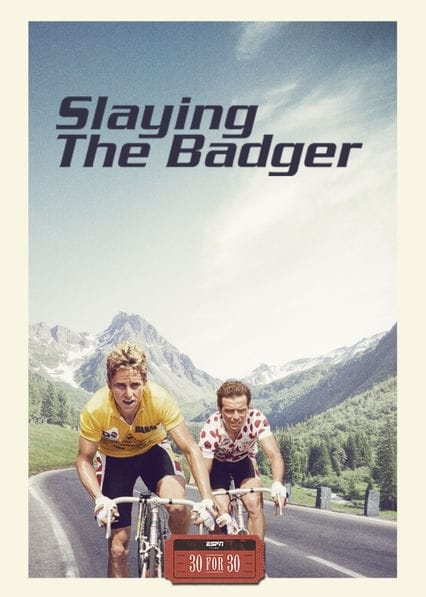- Winning Formula
- Posts
- Why one of the most sponsored cars in Formula One in 2025 won’t be racing this weekend
Why one of the most sponsored cars in Formula One in 2025 won’t be racing this weekend
The lights extinguish instantly, plunging the circuit into that split-second of primal anticipation. Then it happens. An eruption of collective horsepower is unleashed as 20 Formula 1 cars dive towards turn one at Albert Park in Melbourne, but one of the most sponsored cars this year won’t be joining them.

The lights extinguish instantly, plunging the circuit into that split-second of primal anticipation. Then it happens. An eruption of collective horsepower is unleashed as 20 Formula 1 cars dive towards turn one at Albert Park in Melbourne, but one of the most sponsored cars this year won’t be joining them.
This heart-stopping moment epitomises the revolution underway in sports entertainment, where Formula 1, once considered a niche sport with a dedicated but limited fanbase that could have been collectively described as olderly, has transformed into a global entertainment powerhouse. Now, Louis Vuitton’s logo graces the track, and ~43% of attendees will be female, roughly 10 % higher than the global F1 average.
At the center of this transformation are two key media initiatives: the upcoming Brad Pitt F1 movie and Netflix's docuseries "Drive to Survive," now in its 7th season. These media entities have marked a new era in sports media, where compelling storytelling triumphs, attracting millions of new fans worldwide.
The Next Gear: Brad Pitt's Upcoming F1 Movie
Formula 1 is shifting into an even higher gear from the successful Netflix series with the feature film starring Brad Pitt. This Apple Original production, directed by Joseph Kosinski of Top Gun: Maverick fame, is slated for theatrical release in June 2025, even in IMAX.
“we’ve raised more money for our car than some Formula 1 teams.”

The film has generated significant buzz for its star power and unprecedented access to the actual F1 racing circuit. Pitt has been jumping on actual F1 tracks to film scenes.
The movie's F1 car, dressed in a distinctive black and gold livery, displays real sponsors. Expensify, Geico, EA Sports, IWC Schaffhausen, Tommy Hilfiger, and MSC Cruises to name a few.
Jerry Bruckheimer, the film's producer, stated that through these brand partnerships, they’ve “raised more money for our car than some Formula 1 teams.”
This represents a unique sponsorship opportunity that differs from traditional F1 team sponsorships. While traditional F1 sponsorships target a passionate but specific audience, the movie offers brands global exposure to a massive audience through theatrical release and streaming platforms.
F1 CEO Stefano Domenicali has set high expectations, believing the film's impact will be "massive". Potentially even surpassing the success of Drive to Survive in attracting fans. "If Netflix was big, the movie will be massive… We're going to hit a target that is not yet present," Domenicali said, suggesting the film will engage people who might not typically watch races or docuseries.
The Netflix Effect: How Drive to Survive Changed the Game
Before we can understand the potential impact of the Pitt movie, we must acknowledge how Netflix's "Drive to Survive" has already revolutionised Formula 1's appeal. But this series didn't emerge in a vacuum; it represents an inflection point within sports documentaries.
The Evolution of Sports Documentaries
Sports documentaries have come far from simple highlight reels and post-career retrospectives. ESPN's "30 for 30" series, launched in 2009, pioneered a new approach to sports storytelling by focusing on compelling narratives beyond the field of play. These generally focus on telling a story that happened in the past.

HBO followed with series like "Hard Knocks" and "24/7," providing unprecedented behind-the-scenes access to teams and athletes in real time, setting the stage for Netflix documentaries.
Here are some of the better 30 for 30s curated by a childhood with the ESPN channel
The Two Escobars (2010) explores the intertwined stories of Colombian drug lord Pablo Escobar and footballer Andrés Escobar.
O.J.: Made in America (2016) a five-part masterpiece covering race, celebrity, and crime through O.J. Simpson’s life.
Hillsborough (2014), a powerful look into the 1989 Hillsborough disaster in Sheffield, England, and its lasting impact.
The Price of Gold (2014) re-examines the Tonya Harding-Nancy Kerrigan skating scandal from Harding’s perspective.
Slaying the Badger (2014) explores the fierce rivalry between teammates Greg LeMond and Bernard Hinault during the 1986 Tour de France, capturing betrayal, ambition, and competitive drama.
These early efforts typically focused on well-established American sports with existing large fanbases.
The real innovation came when streaming platforms like Netflix applied this formula to niche sports and focused on creating educational narratives accessible to global audiences who might never have watched the sport otherwise.
Formula 1's Remarkable Transformation
Since the launch of "Drive to Survive" in 2019, Formula 1's popularity has skyrocketed. The sport now boasts over 750 million fans worldwide, with 42% under age 35. The series topped Netflix's viewership in 33 countries upon one season's release, and remarkably, one in four fans surveyed say they became F1 fans after watching the docuseries.
Three major demographic shifts stand out:
1. Younger Audiences:
Nearly half of Drive to Survive viewers who later watched F1 were aged 34 or below, versus only 16% of pre-existing viewers. Over 50% of F1's TikTok followers and 40% of its Instagram followers are under 25, indicating a wave of young digital-native fans.
2. Female Viewership Surge:
Perhaps most striking is the influx of women into what was historically a male-dominated sport. Around 40% of global F1 fans are now female, up from about 32% in 2017.
An astonishing 70% of F1's Instagram followers on social media are female. I’d wager Carlos Sainz is also partly responsible for this surge.
3. U.S. Market Breakthrough:
In the United States, where F1 had long struggled for relevance, interest has exploded.
Nielsen tracked about 10% F1 fan growth in the U.S. over 2019–2022. Major races set records: The inaugural Miami Grand Prix in 2022 was a sellout and became one of the most-watched F1 events in U.S. TV history.
The longtime U.S. Grand Prix in Austin saw a 400,000+ attendance weekend, with approximately 70% of that crowd attending their first F1 race.
The immediate impact
The economic impact has been equally impressive. Liberty Media (F1's owner) reported record revenues of $3.2 billion in 2023—a 25% year-over-year jump, partly fueled by new fan engagement. Media rights values have skyrocketed: ESPN's U.S. F1 broadcast deal jumped to roughly $85–90 million per year, a huge increase from the prior contract. By 2024 the average F1 team sponsorship deal was worth 56% more than in 2019 (rising from $2.87M to $5.08M), with new sponsors from tech, finance, and even cosmetics sectors looking to reach F1's younger and more diverse fanbase.
The Broader Trend: Other Sports Following F1's Lead
Formula 1's success has created a template that other sports are eagerly following. In early 2023, Netflix debuted "Full Swing," a behind-the-scenes docuseries following professional golfers through a dramatic PGA Tour season. Dubbed "golf's Drive to Survive," Full Swing quickly hit Netflix's Top 10 trending list in many countries.
The results mirrored F1's experience. Nielsen data shows that 63% of people who watched Full Swing went on to watch live PGA Tour coverage within two months after the series debuted. About 11% of these viewers had not watched any PGA Tour events in the 6 months prior but started tuning in after seeing the show. The playbook is clear.
Both F1 and golf have successfully leveraged new media to attract audiences that were previously out of reach:
Storytelling as a Gateway:
Compelling, narrative-driven content is turning casual viewers into passionate fans. By humanising athletes and showcasing rivalries, triumphs, and struggles off the field, these series create emotional connections that draw in people who might not otherwise follow the sport.
Reaching Younger and Global Viewers:
Streaming platforms provide a way to engage younger, digitally native audiences globally. The docuseries format is binge-able and tailored to modern viewing habits, pulling in viewers from key growth demographics.
Diversity and Inclusion:
New media has helped sports broaden their appeal to groups previously underrepresented in their fanbase—notably women. The immersive storytelling resonates strongly with female viewers, helping traditionally male-dominated sports attract more diverse audiences.
The Future of Sports Entertainment
The upcoming Brad Pitt F1 movie represents the next evolution of this trend.
By blending Hollywood star power with the authenticity of real F1 racing and a sprinkle of Top Gun magic, the movie aims to attract an even wider audience than Drive to Survive. This fits into a larger trend where the boundaries between sports and entertainment keep on blurring.
The success of these media ventures demonstrates that modern sports fandom is about more than just competition; it's about storytelling, personality, and community.
I’ve watched Top Gun Maverick several times since it was in the cinema, but I don’t think I’ve ever watched a F1 race a few days after it happened. This movie could have huge staying power and rewatchability. The sponsors gracing this fictional car may have made the smartest sponsorship in F1 this year.
Well, that was volume 6 of Winning Formula, a rather spontaneous edition. Let’s consider it a bonus edition for hitting 200 subscribers last week.
I’m based in Melbourne, Australia and rode my bike past the F1 race track today during practice. I could not believe the people I was seeing heading the race.
Ten years ago, it was your classic motosport enthusiast. No offense, but you know who they are… middle-aged with an old car brand jacket or hat on.
Today, thousands of young people were streaming into the track, wearing hats and gear of their favourite driver. Orange hats for Melbourne local, Oscar Piastri, were a favourite.
So, upon some research in getting home, I wanted to share a shorter, deep dive into how Formula One is using new media to spark refreshed enthusiasm in their brand, especially with the upcoming Brad Pitt movie due for release later this year. Let me know what you think by replying to this email.
These newsletters grow with personal referrals, so please forward them to someone who loves sports, business and in this case, punting on sport!
If you have any feedback or ideas for a newsletter, don't hesitate to contact me on LinkedIn, reply to this email or email me here or by replying to this email.
‘Til next time,
👋 Will
Reply